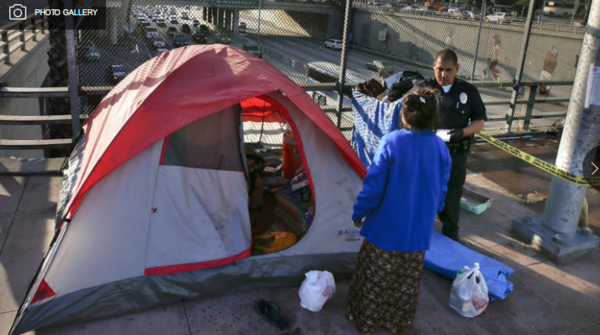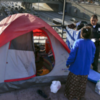With more than 35,000 people sleeping on sidewalks and in alleys, underpasses and riverbeds, the city and county are leaning on rent subsidies for private landlords to bring quick relief to homeless people while elected officials struggle to fund a $1.87 billion construction program.
But in the last two years, rents have soared far above baseline federal voucher caps — $1,150 for a one-bedroom apartment and $1,500 for two-bedroom units. And with the county's rental vacancy rate at a scant 2.7%, voucher holders are tripping over one another in fruitless apartment hunts lasting months.
The city and county are trying to lure more landlords into taking vouchers with financial incentives to sweeten the deal.
“We only have a limited number of tools: We can build new housing, we can rehab housing. The rest of it is we have to use existing private housing,” said County Supervisor Sheila Kuehl.
The city has set aside $5 million, and the county $3 million, to cover security deposits and first and last month's rent, set up damage funds and pay initial water and power bills for formerly homeless voucher holders.
Some local governments also pay for $1,000 holding fees to tide over landlords while inspections and approvals are underway; a new program in Santa Monica offers a $5,000 signing bonus to landlords who rent to voucher holders.
But some landlords fear formerly homeless tenants will cause trouble or fall behind on rent. Subsidies are issued through a variety of programs to homeless and low-income people, but generally, tenants contribute 30% of their income, leaving the government to cover the rest.
Veterans' families with vouchers in hand are taking four months to find housing; for single adult veterans, the wait is eight months.
To read Gale Holland and Abby Sewell's entire article, please click here.



Comments (0)